Grasslands are some of the most important yet underappreciated ecosystems on Earth, providing habitat for countless species and essential services like carbon storage. However, these vital areas are disappearing at an alarming rate due to agricultural expansion, urbanization, and climate change. Many species that rely on grasslands are now facing the threat of extinction. This article explores grassland species fighting for their existence and the challenges they face in a rapidly changing world.
Lesser Prairie Chicken
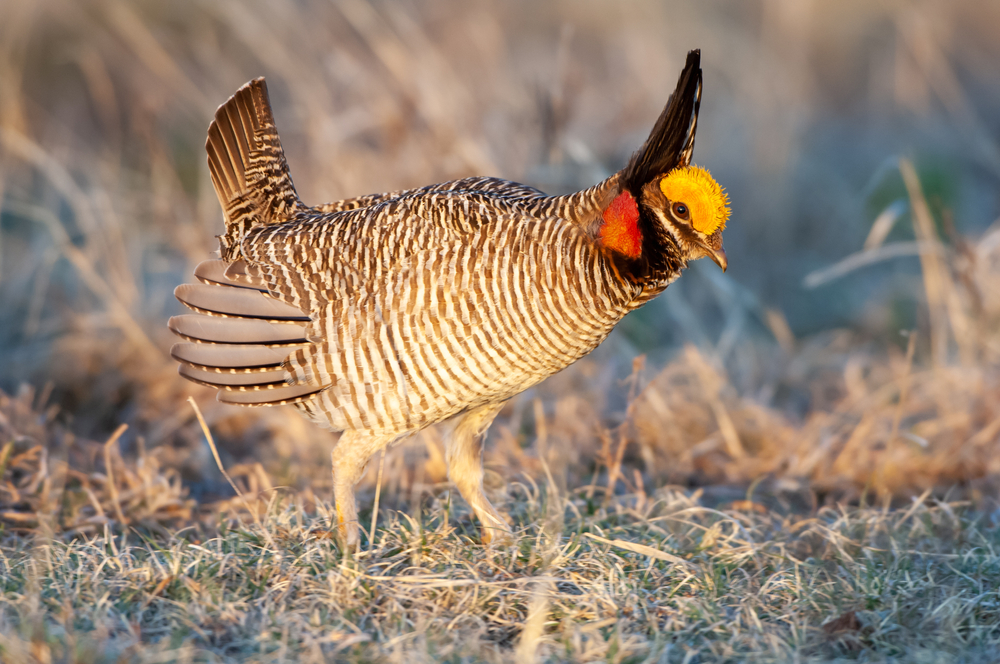
The Lesser Prairie Chicken has been fighting for survival due to habitat destruction caused by agriculture, oil and gas development, and climate change. The vast grasslands that once supported this species have been reduced by more than 85%, leading to a severe decline in population numbers. The remaining fragmented habitats make it harder for these birds to find mates and escape predators, further complicating their survival. Wildfires, intensified by invasive grasses, have also increased, putting additional pressure on this already vulnerable species. Wind energy development, though beneficial for the climate, also disrupts their habitats, adding yet another threat to their existence. Currently, they are listed as threatened, with an urgent need for policy revisions to minimize grassland conversion.
Pronghorn Antelope
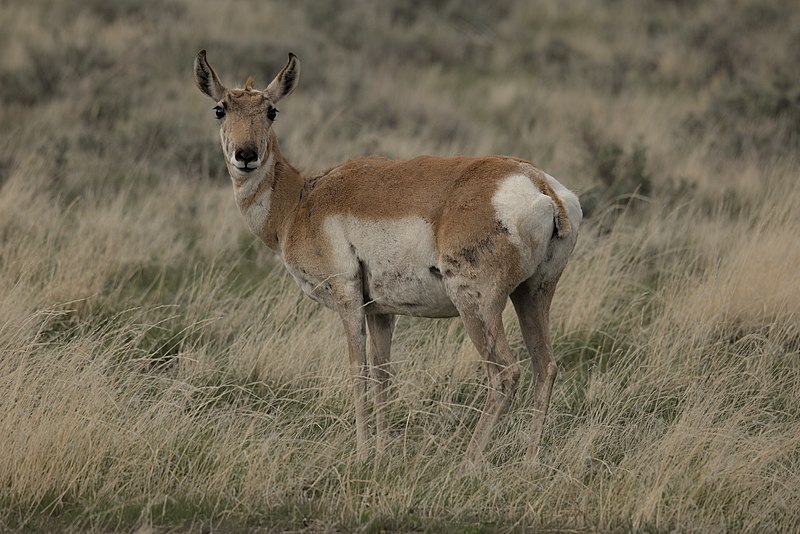
Pronghorn antelope are one of the fastest land mammals in North America, but their speed isn’t enough to outrun the threats to their habitat. The expansion of agricultural fields and urban development has fragmented their grassland habitats, making it difficult for pronghorns to migrate across their historical ranges. They rely on vast open spaces for survival, but fencing for livestock and new roads block their natural migratory routes. Additionally, climate change is causing droughts in the Great Plains, which diminishes the availability of vegetation and water that pronghorns rely on. Overgrazing by cattle also reduces the quality of forage available to them, making it harder for populations to thrive. Their populations are also vulnerable to vehicle collisions as highways cut through their habitats.
Black-Footed Ferret
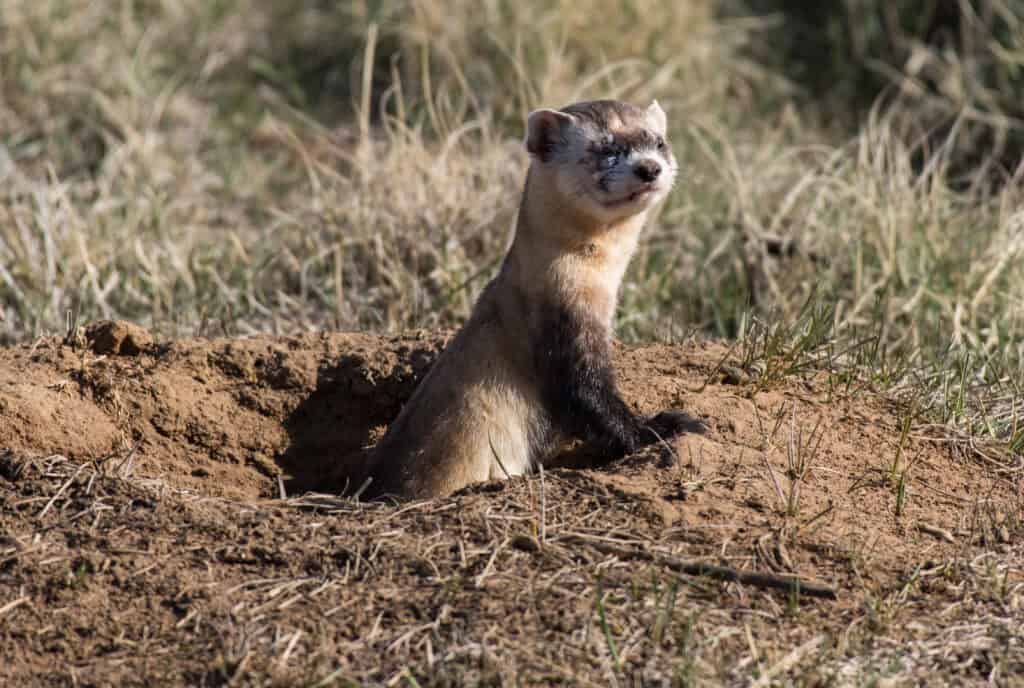
The black-footed ferret, one of North America’s most endangered mammals, depends heavily on grassland ecosystems for survival. Prairie dog colonies, which make up nearly 90% of the ferret’s diet, are critical for this species’ existence. Unfortunately, widespread prairie dog eradication programs and agricultural expansion have devastated these colonies, leading to a dramatic decline in ferret populations. Additionally, diseases such as sylvatic plague have further threatened both prairie dogs and black-footed ferrets. Habitat fragmentation has made it increasingly difficult for ferrets to find enough prey and safe places to live.
Bison
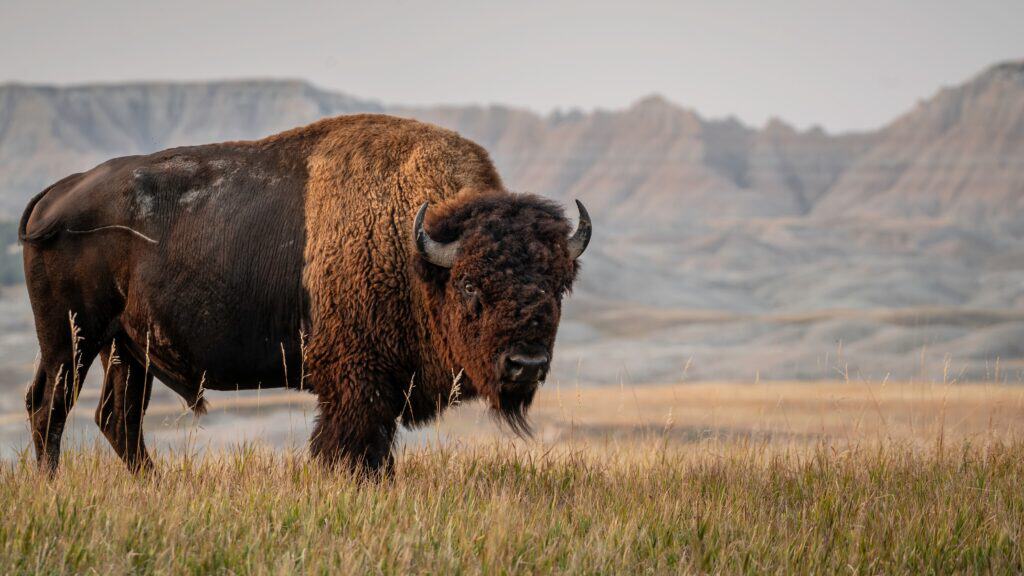
Bison once roamed the North American plains in massive herds, but today their population is a fraction of what it once was. Hunting and habitat destruction have nearly wiped them out, leaving only a few wild herds in protected areas. Grasslands are essential for them, as they depend on grazing to maintain their health and keep ecosystems in balance. However, much of their natural habitat has been converted into farmland, reducing their grazing grounds. Climate change is also affecting grassland ecosystems, making it more difficult for them to find sufficient food. Conservation programs have helped to restore some bison populations, but they still face challenges from diseases like brucellosis, which can spread to livestock.
Greater Sage-Grouse
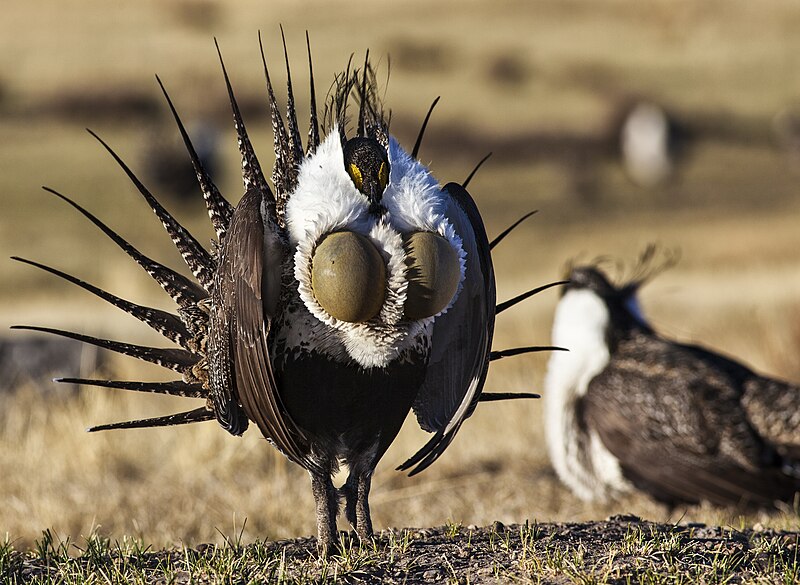
Greater sage-grouse depend on the sagebrush ecosystems that dominate the North American grasslands, but these habitats are shrinking due to land development and agriculture. Invasive plant species and wildfires have further degraded the landscape, reducing the availability of sagebrush, which is crucial for the bird’s diet and nesting. Energy development, particularly oil, gas, and wind farms, have also fragmented their habitats, disturbing breeding grounds known as “leks.” While the species is not yet listed as endangered, its population has declined by nearly 80% in recent decades. Efforts to protect and restore sagebrush habitats, including government-led initiatives, have been implemented, but the battle to save the sage-grouse is ongoing.
Burrowing Owl
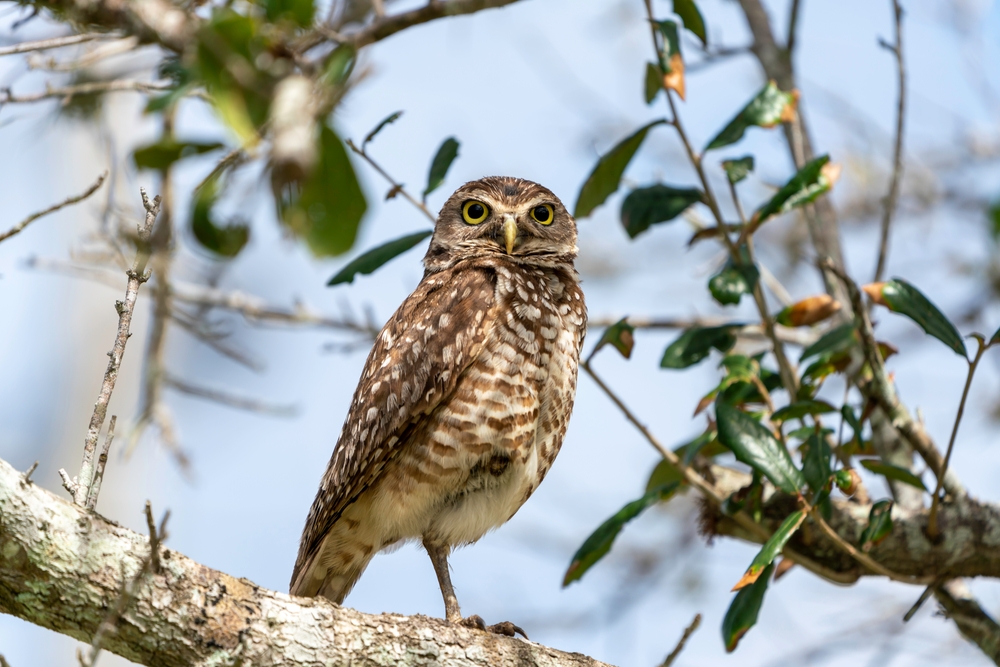
The burrowing owl is a unique species that makes its home in open grasslands, often inhabiting abandoned prairie dog burrows. However, the destruction of grassland habitats for agriculture and urban development has drastically reduced their population. Pesticide use in agricultural areas has also had a significant impact on their prey availability, as insects form a major part of their diet. Habitat fragmentation makes it difficult for them to find new nesting sites, and their natural predators, such as hawks and coyotes, are becoming more of a threat as their habitats shrink.
Grasshopper Sparrow
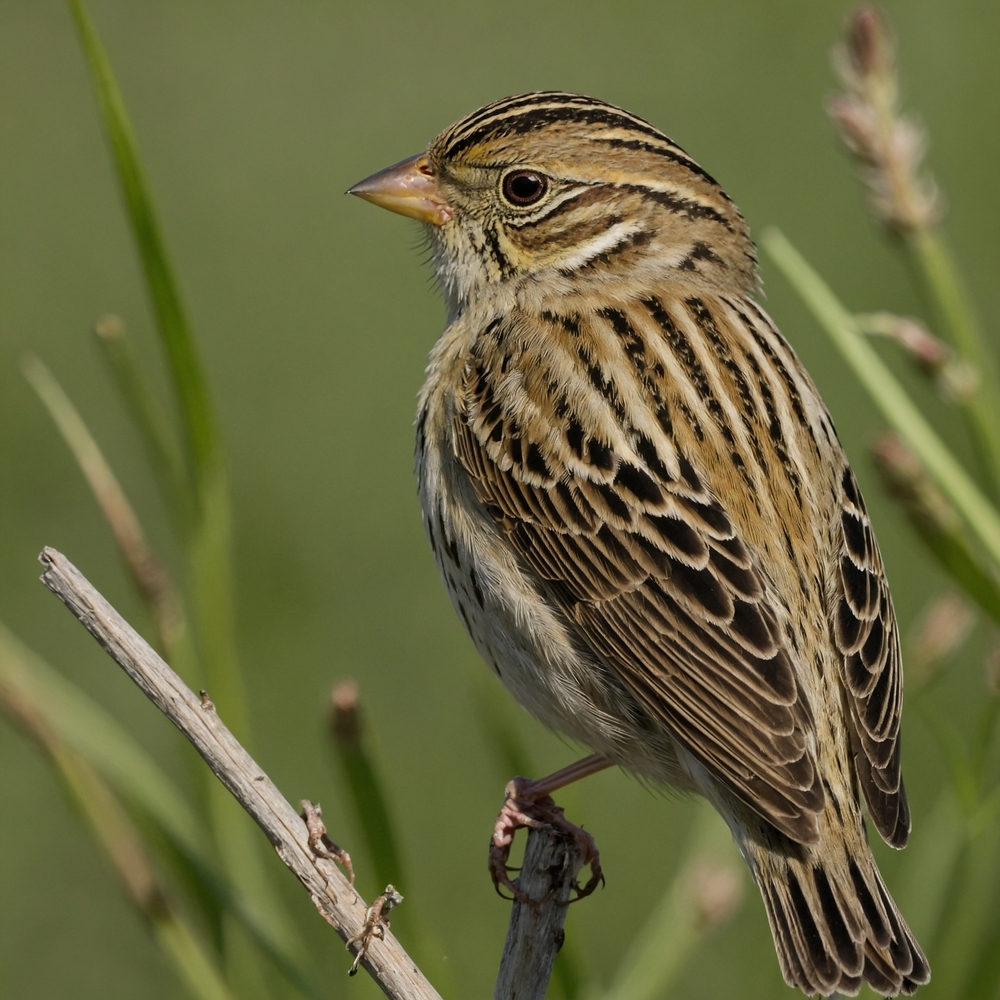
The Grasshopper Sparrow is a small, ground-nesting bird that relies heavily on grasslands for breeding and foraging. Over the years, urbanization and agricultural practices have drastically reduced the availability of these habitats. The conversion of grasslands to monoculture crops like corn and soybeans has left little space for native vegetation, which is essential for their survival. Additionally, changes in land management practices, such as frequent mowing and fire suppression, have altered the structure of grasslands, making them unsuitable for nesting. Predation by invasive species and increased pesticide use also pose significant threats to their population.
Swift Fox
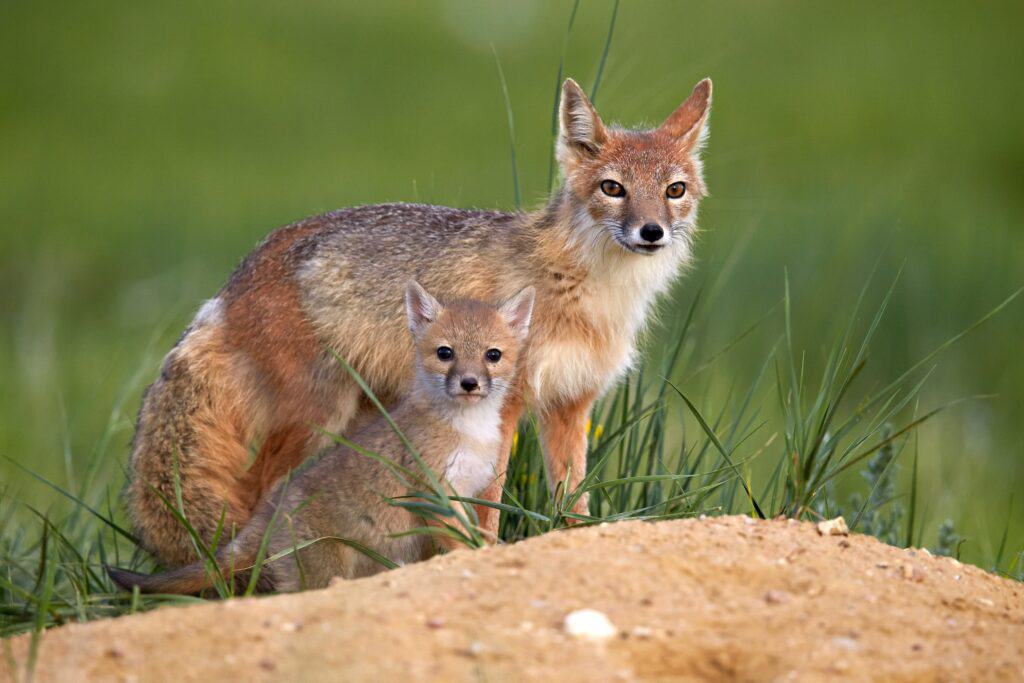
The swift fox, a small canid native to the grasslands of North America, has seen its population dwindle due to habitat loss from agriculture and urban development. The destruction of native grasslands for farming has reduced their range, making it harder for them to find prey and evade predators. Additionally, the use of rodenticides in agricultural areas has decreased the availability of their primary food sources, such as small mammals and insects. They are also vulnerable to predation by larger carnivores like coyotes, whose populations have increased due to habitat fragmentation. Conservation efforts, including reintroduction programs and protected areas, are crucial to the species’ recovery. These efforts are particularly important in areas where agricultural expansion continues to threaten grassland habitats.
Mountain Plover
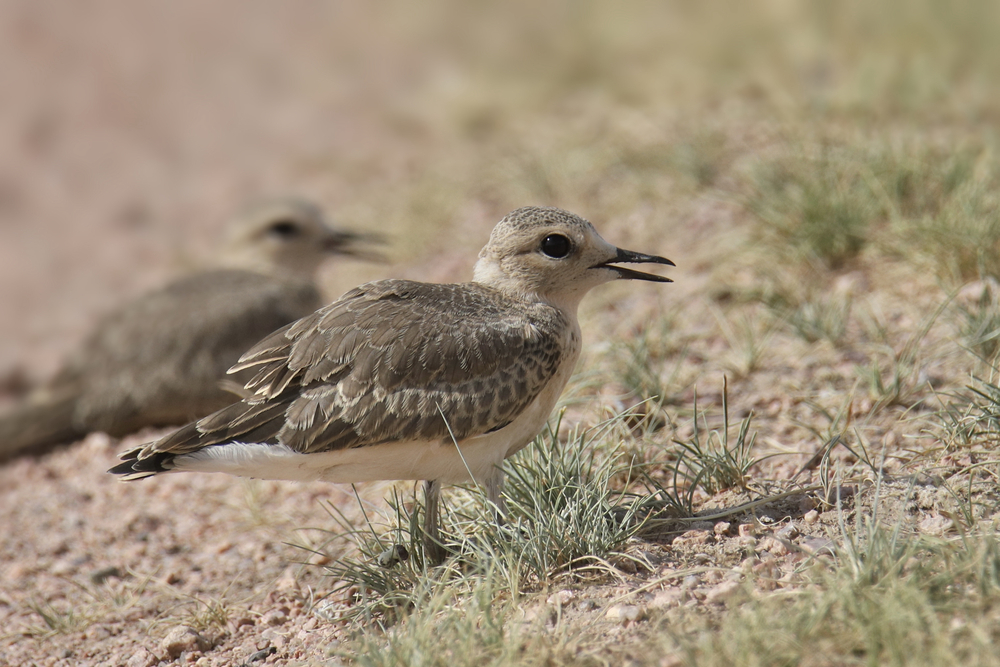
The mountain plover, a bird species native to the grasslands of North America, faces significant threats due to habitat loss and degradation. They rely on open, flat grasslands for breeding, but much of their habitat has been converted to agricultural land. Additionally, grazing by livestock can degrade the quality of the grasslands, making it difficult for mountain plovers to find suitable nesting sites. The use of pesticides in agricultural areas also affects their food supply, reducing the availability of insects that the plovers rely on for food. Climate change, which alters weather patterns and increases the frequency of droughts, further threatens their survival.
Ferruginous Hawk
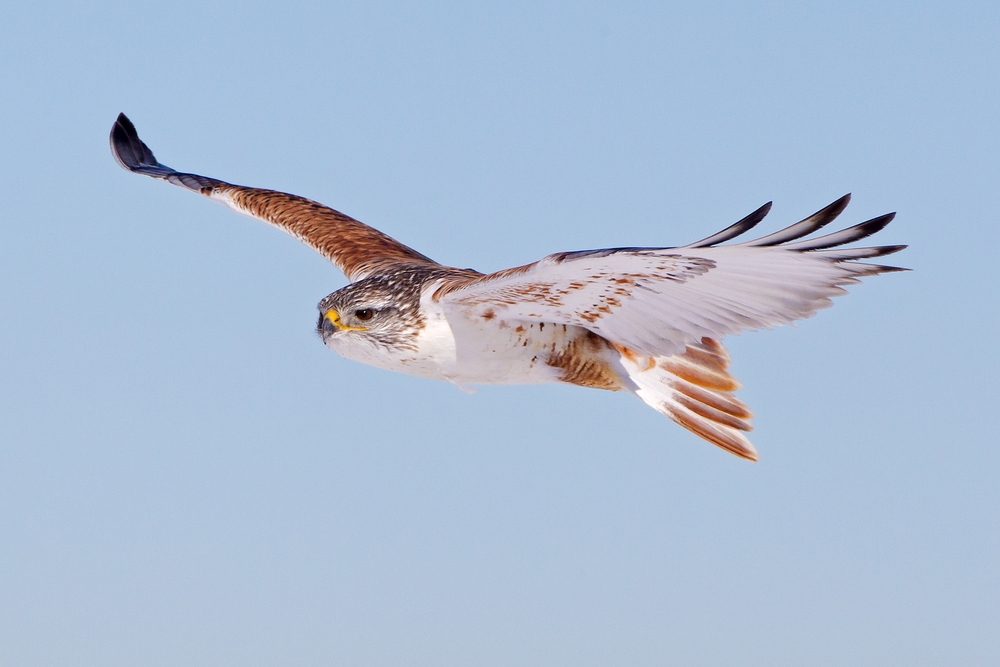
Ferruginous hawks, one of the largest raptors in North America, depend on vast open grasslands for hunting and nesting. However, the conversion of grasslands to agricultural fields has significantly reduced their habitat, making it harder for these hawks to find prey such as small mammals. The fragmentation of their habitat also increases the risk of collisions with power lines and wind turbines, which are increasingly present in grassland regions. Additionally, the decline in populations of prairie dogs, a key food source, has further stressed Ferruginous hawks. Climate change, which affects prey availability and weather patterns, poses an additional challenge.
Chestnut-collared Longspur
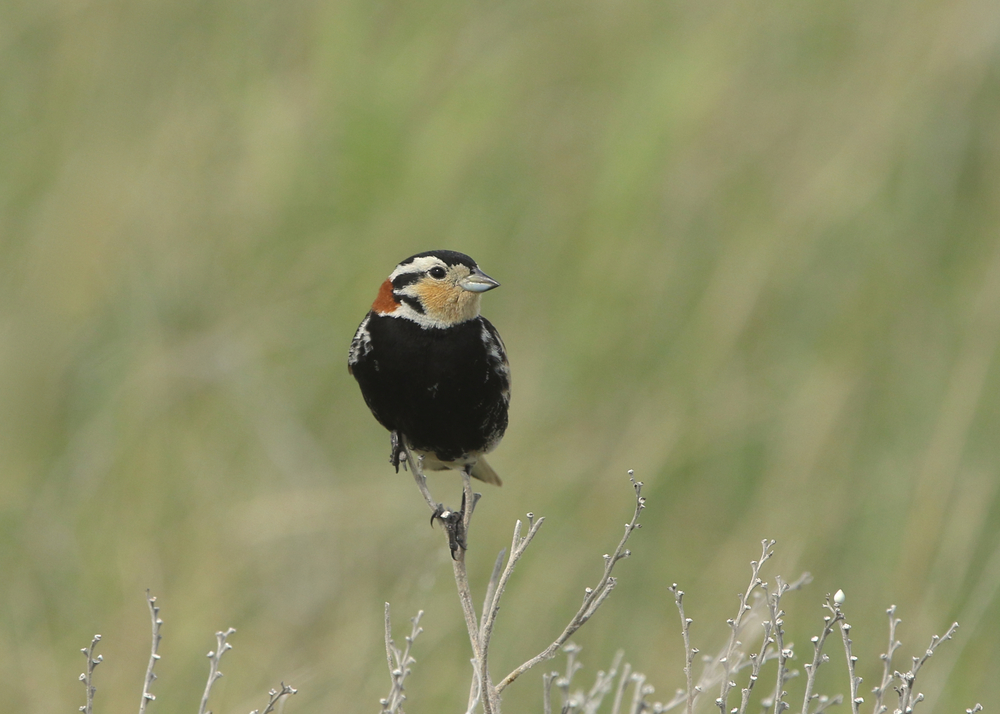
The chestnut-collared longspur, a small songbird found in the Great Plains, has seen its population decline due to habitat loss from agricultural expansion. They rely on native grasslands for breeding and feeding, but much of their habitat has been converted to crop fields, particularly for corn and soybeans. The use of pesticides in these agricultural areas has also reduced the availability of insects that the longspurs feed on. Habitat fragmentation further increases the risk of predation by species like hawks and domestic cats. Climate change, which alters weather patterns and reduces the availability of water, adds another layer of stress to their already precarious situation.
Sprague’s Pipit
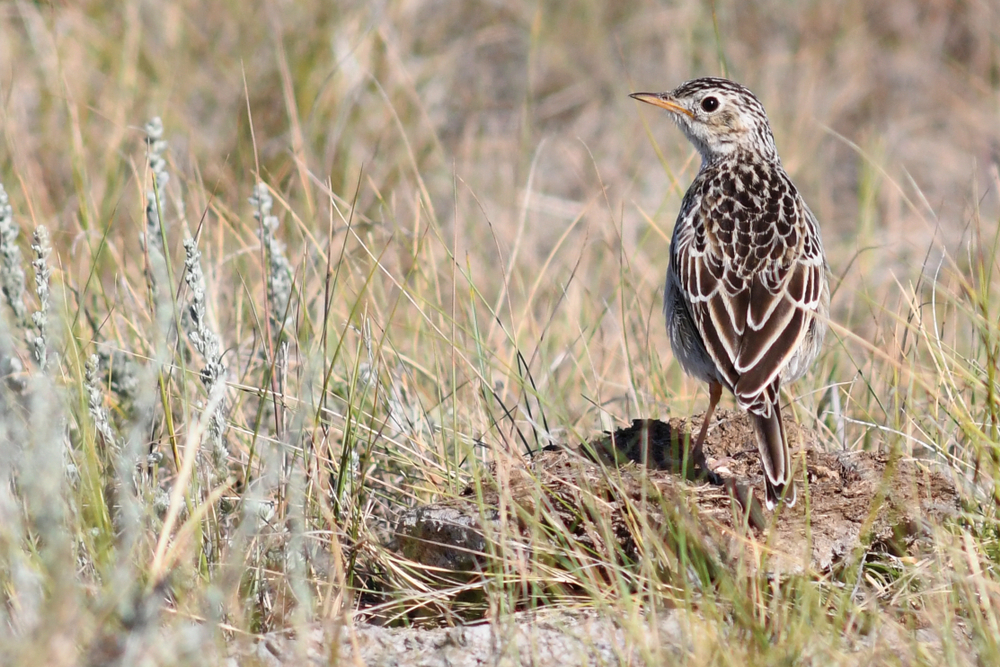
Sprague’s pipit is a grassland bird that depends on native prairie ecosystems for breeding and feeding. The conversion of grasslands to agricultural fields has drastically reduced their habitat, leading to a steep decline in population numbers. They are particularly sensitive to habitat fragmentation, as they require large, contiguous tracts of grassland for nesting. The use of pesticides in agricultural areas also reduces the availability of insects, which are a key food source for pipits. Overgrazing by livestock can degrade the quality of their habitat, making it harder for them to find suitable nesting sites. Climate change, with its associated impacts on weather patterns and grassland ecosystems, poses an additional threat to them.
Northern Harrier
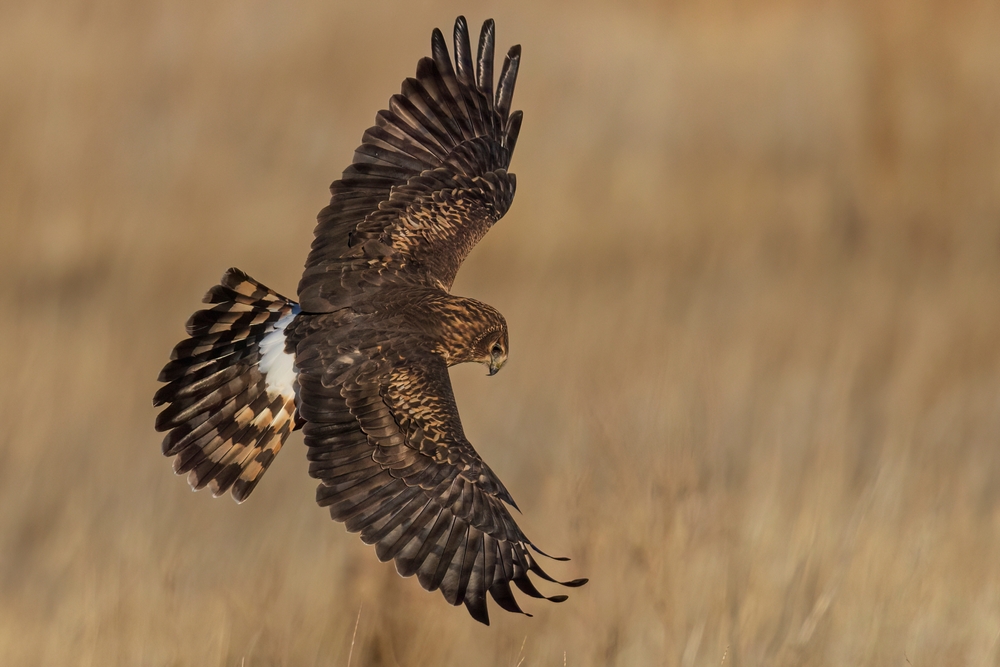
The Northern harrier, a medium-sized hawk that inhabits grasslands and wetlands, is facing increasing threats from habitat loss and degradation. The conversion of grasslands to agriculture has reduced the availability of open areas for hunting, while the drainage of wetlands has further diminished suitable nesting sites. They rely on small mammals like voles and mice as their primary food source, but agricultural practices and pesticide use have reduced the populations of these prey species. Habitat fragmentation also increases the risk of predation by other raptors and mammalian predators. Climate change, which alters precipitation patterns and the availability of wetlands, poses an additional challenge for this species. Without significant conservation efforts, Northern harrier populations may continue to decline.
Long-billed Curlew
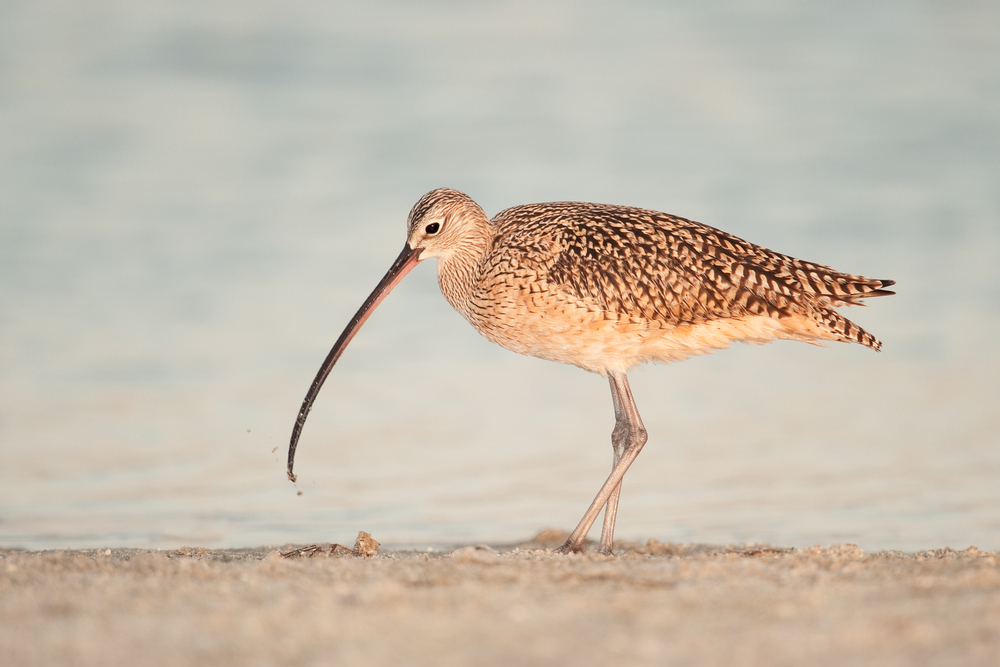
The long-billed curlew, North America’s largest shorebird, depends on grassland habitats for breeding and feeding. However, the conversion of these habitats to agricultural fields has significantly reduced their population. Grasslands provide essential cover for curlew nests, but habitat fragmentation increases the risk of predation by foxes, coyotes, and other predators. Additionally, the loss of wetland habitats, which curlews use for feeding during migration, further threatens their survival. The use of pesticides in agricultural areas reduces the availability of insects and other invertebrates that they rely on for food. Climate change, which alters weather patterns and affects the availability of suitable habitats, adds another layer of complexity to the challenges facing this species.
This article originally appeared on Rarest.org.
More from Rarest.org
8 Overlooked Sci-Fi Novels That Deserve More Attention

Science fiction is a genre filled with widely celebrated classics, but many incredible novels fly under the radar. These overlooked gems push the boundaries of imagination, presenting fresh ideas, unique worlds, and thought-provoking themes that deserve more recognition. Read More.
22 Unusual Amphibians on the Brink of Extinction
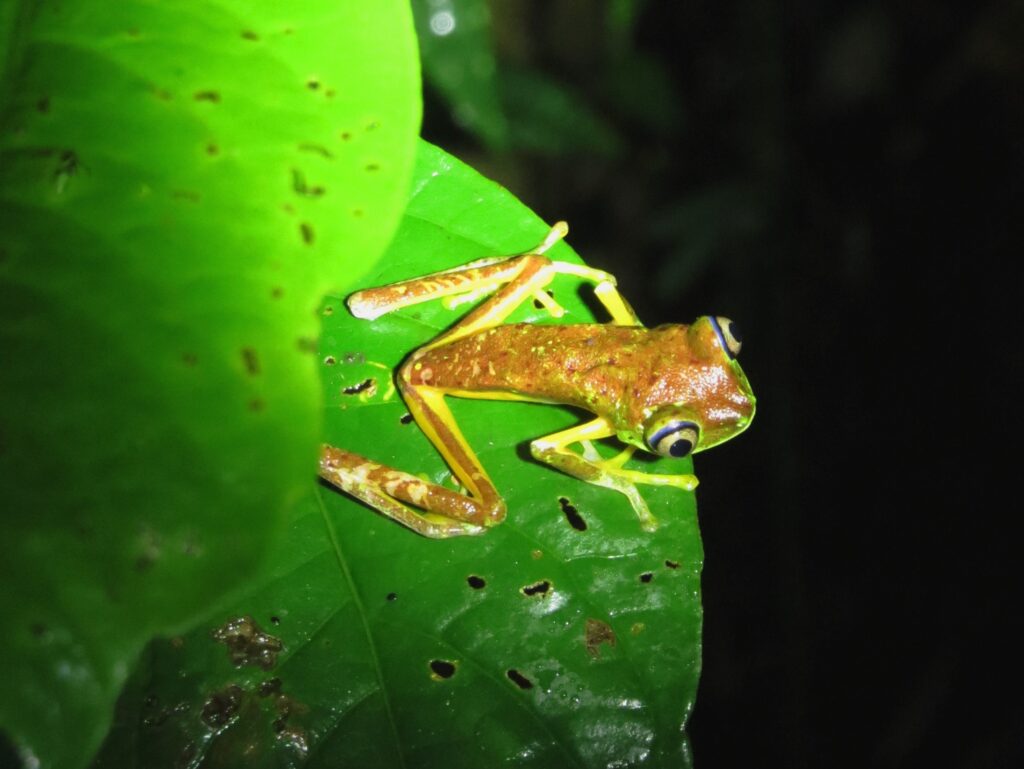
Amphibians are some of the most fascinating and fragile creatures on Earth. Their unique ability to live both on land and in water makes them crucial to our ecosystems. Unfortunately, many of these species are facing alarming rates of decline. Read More.
8 Forgotten Action Movies That Pack a Punch

Action movies are often packed with adrenaline-fueled sequences, but some gems slip through the cracks over time. This list highlights forgotten action films that deliver hard-hitting thrills but have fallen out of the mainstream spotlight. Read More.
